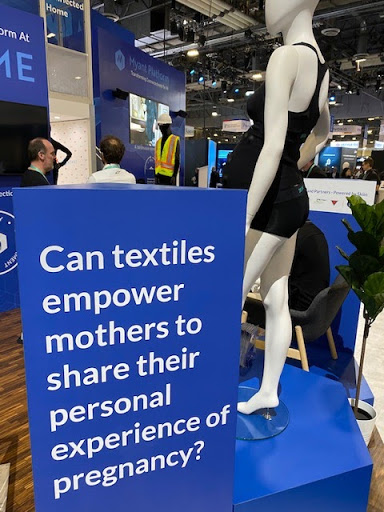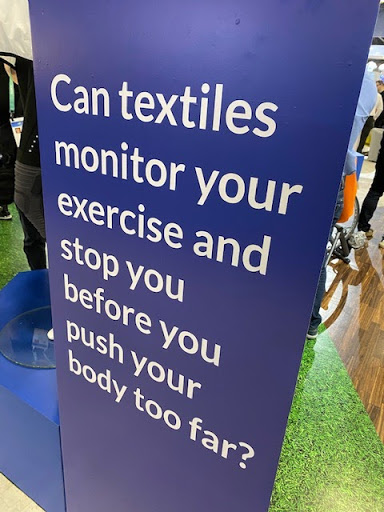Day 2 was my final day at CES (Vegas and technology are a great combo, but it was time to get back to the grind). So I headed over to the Venetian to expand on my Day 1 adventures and explore deeper into the worlds of connected home and digital health – and maybe take a few shots and some selfies along the way!
Keeping It Simple
I always love seeing simple solutions at CES—with so many intricate gadgets, machine learning toothbrushes, and robots, it’s sometimes refreshing to see companies focus on very simple execution.
Amazon has been a leader in this space with its Dash button, but this year I came across Flic. Flic produces programmable buttons for things like turning off all lights in your home or office, IoT scenes, workflows, IFTT scenarios, or ordering an Uber.
While Dash is the next evolution of a one-click checkout (further simplifying a process that used to be long and mundane), Flic expands that universe to services outside of Amazon and also allows the user to take control of the experience through a programmable interface.
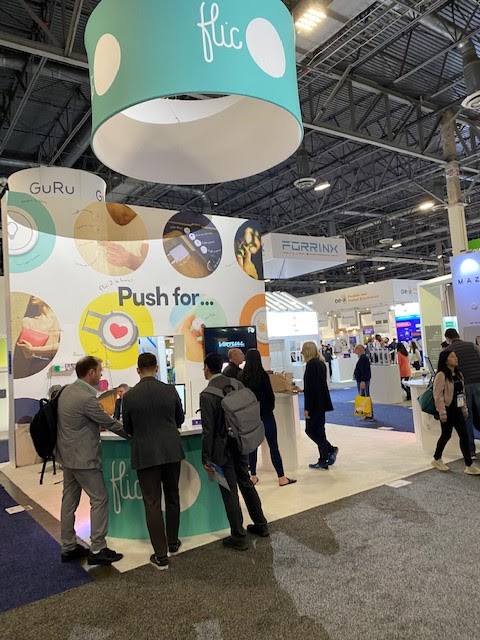
Wearables Continue To Evolve
I first saw a smart belt a few years ago at CES and almost laughed out loud… fast forward to 2020 and smart belts are one of the best options for fall detection, can track steps like a watch, and will let you know if you need to take a pass on that next plate of nachos. On top of that, they actually look pretty good while doing it, too.
From a wearables perspective, this year I also saw more advancement in wearables related to fabric. Elite athletes, including the NFL, use fabrics to track performance and a wide variety of data metrics. Myant is just one example of a company bringing those technologies to areas related to everyday life like pregnancy, workouts, and elderly care.
Data Continues To Be The New Gold Standard
It’s 2020 —everyone loves data. For the past few years, it’s been interesting to see historically analog product companies try to navigate the world of managing massive amounts of data – how to store it, secure it, and most importantly monetize it.
Data In Digital Health
Digital health is no exception to this focus on data. With gaps around segregated data, false hopes on interoperability, and a drive towards patient control of health records, digital health data is one of the most interesting, and likely lucrative, fields of data science at this point. And no one interacts with more disparate health data than insurance companies.
Health Insurance Companies Jumping In
I stopped by the Humana booth and one of the most interesting aspects of their play on data was to use machine learning to create synthetic data sets. Privacy is of utmost concern with health data—with HIPAA and other PII related regulations coming into play, historically the goal has been to anonymize and secure live patient data for clinical studies.
The common issue is that the most sophisticated and devious individuals can figure out ways to reverse engineer this data. Humana is leveraging machine learning to create synthetic datasets based on the characteristics of live data.

The Merger Of Connected Home & Digital Health
Sekisui House introduced its home-as-a-service platform called “Platform House”. Sekisui, which is a Japanese-based parent company of US-based Woodside Homes, plans to build 100 new homes per month in Japan in 2020 with their new technology.
Platform House is an interesting concept with the idea of a ground-up connected home build as opposed to the typical aftermarket connected home purchases by individual homeowners. The intent is to continuously monitor individuals in the home for emergency response, health monitoring over time and preventive care.
As I’ve mentioned, data privacy and security will be an interesting aspect of all of these developments in the upcoming years.
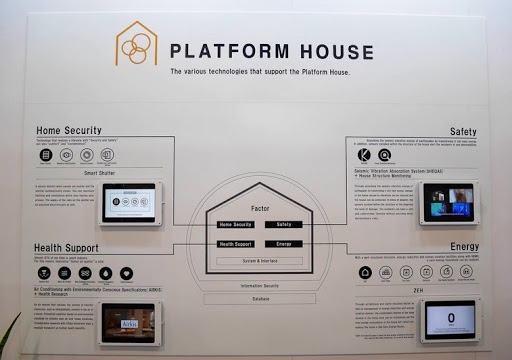
Ayla – Privacy & Security
Late in the day, I attended a panel discussion moderated by Ayla Networks on the topics of IoT privacy and security.
Here are a few key takeaways from the panel:
Consumers are becoming increasingly opinionated regarding privacy concerns and ownership of their personal data
- CCPA (link) will only drive additional attention within the US, both on the personal and legal fronts
- 80% of users are concerned about privacy related to their IoT devices (referenced via data during the discussion)
- Assuming they do it well, IoT manufacturers should consider leveraging security and privacy in their marketing efforts
To elevate both privacy and security within your product development process, and alleviate both consumer concern and legal risk
- Be upfront and transparent with end users on why you are collecting data
- Make it an internal imperative to understand privacy and security goals
- Only collect the data you need (highlight: it’s still OK if the goal is marketing or financially related)
- Don’t collect data for data sake – you’re opening yourself up to risk without a clearly identified gain
Have a clear plan for privacy and security
- This includes both in product design and also in post production support
- Identify security goals and track both expectations and current state
- The definition of adequate security and privacy is still ambiguous, but for compliance, you still need to show intent
- Pro-active support should include ongoing penetration testing by 3rd parties

Selfies Are The Best
To close out CES 2020, I’ll move to a more light-hearted place. CES isn’t all about protocols and security. In the end, these are meant to be everyday consumer electronics, so at some point, the products need to appeal to the non-techie to reach mass adoption.
Along those lines, I definitely tried out the results from the Keurig Cocktail Maker and took a few swings in the connected batting cages, but my favorite device of the show was the “AIR selfie”. Check out this video of it in action.
Selfies can seem like the most ridiculous way to take a picture, but when I’m with my family, I have recently tended towards rebuffing offers from friendly passerby-ers to take our picture and opted for a selfie. “AIR selfie” takes this to a new level with their selfie drone, which you essentially toss out into thin air to take a selfie – either photo and video.
I will not be surprised to see these mini-drones on my next trip to Vegas, NYC or other areas where the selfie is currently king!
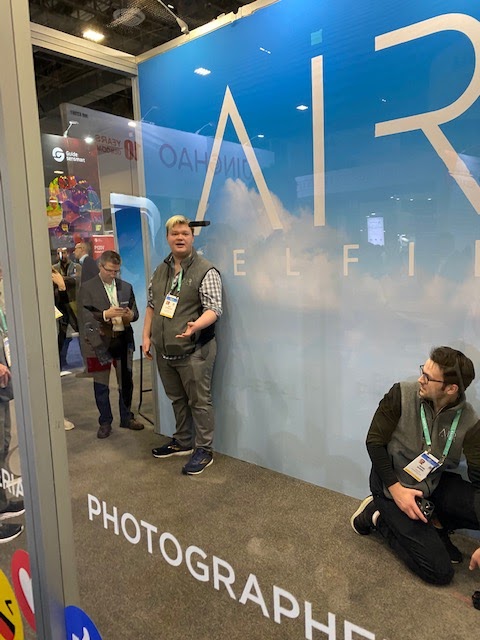
That’s All For Accella’s 2020 CES
We kept our experience at CES 2020 short but targeted— I can’t say that I was left disappointed. We can’t wait to see how we use these learnings and experiences to help our clients move forward with their technology in 2020.
See you next year, CES!

